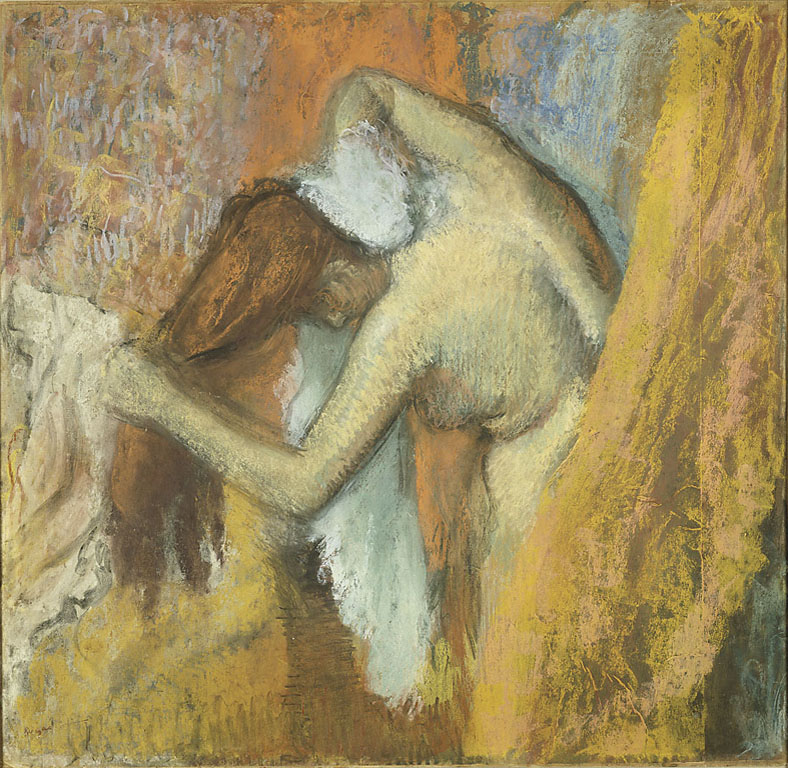 This photograph of two birds in the ocean by Scott Bourne is an example of symmetrical balance. The main focus is off centered of the picture yet it still retains a for of balance. This is because the two birds are mirroring each other.
This photograph of two birds in the ocean by Scott Bourne is an example of symmetrical balance. The main focus is off centered of the picture yet it still retains a for of balance. This is because the two birds are mirroring each other.
The photograph above of a glass chess board is an example of asymmetrical balance. Selsey captured this photograph by putting the main focus off center and having smaller chess pieces off to the side making it asymmetrical and interesting.
My examples:

Fill in the Frame- This is an example of Fill in the Frame. The main subjects (the marbles) fill the picture up and has a simple background making the marbles stand out.
 The Rule of Thirds- This picture is an example of the Rule of Thirds because the main focus point (the cat) is in the bottom left corner of the picture. The cat is off centered and if you were to divide the picture into a tic- tac toe form the cat would fall on the interesting point.
The Rule of Thirds- This picture is an example of the Rule of Thirds because the main focus point (the cat) is in the bottom left corner of the picture. The cat is off centered and if you were to divide the picture into a tic- tac toe form the cat would fall on the interesting point. The Rule of Thirds- This is yet another example of Rule of Thirds. Except in this example the main focus is in the upper right hand corner. This photograph, like the one above, is asymmetrical balance because main focus is off centered and there is nothing else in the photograph to balance the main focus out. If the photograph was to be split up in to nine equal squares the flower would fall in the intersection of the nine equal parts.
The Rule of Thirds- This is yet another example of Rule of Thirds. Except in this example the main focus is in the upper right hand corner. This photograph, like the one above, is asymmetrical balance because main focus is off centered and there is nothing else in the photograph to balance the main focus out. If the photograph was to be split up in to nine equal squares the flower would fall in the intersection of the nine equal parts. 





